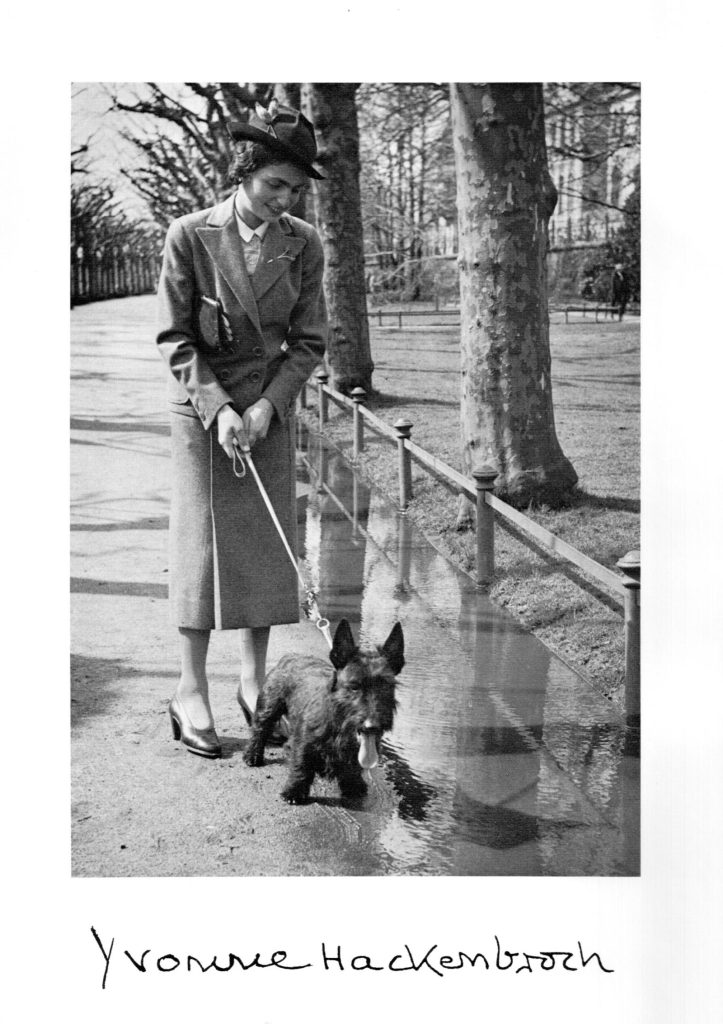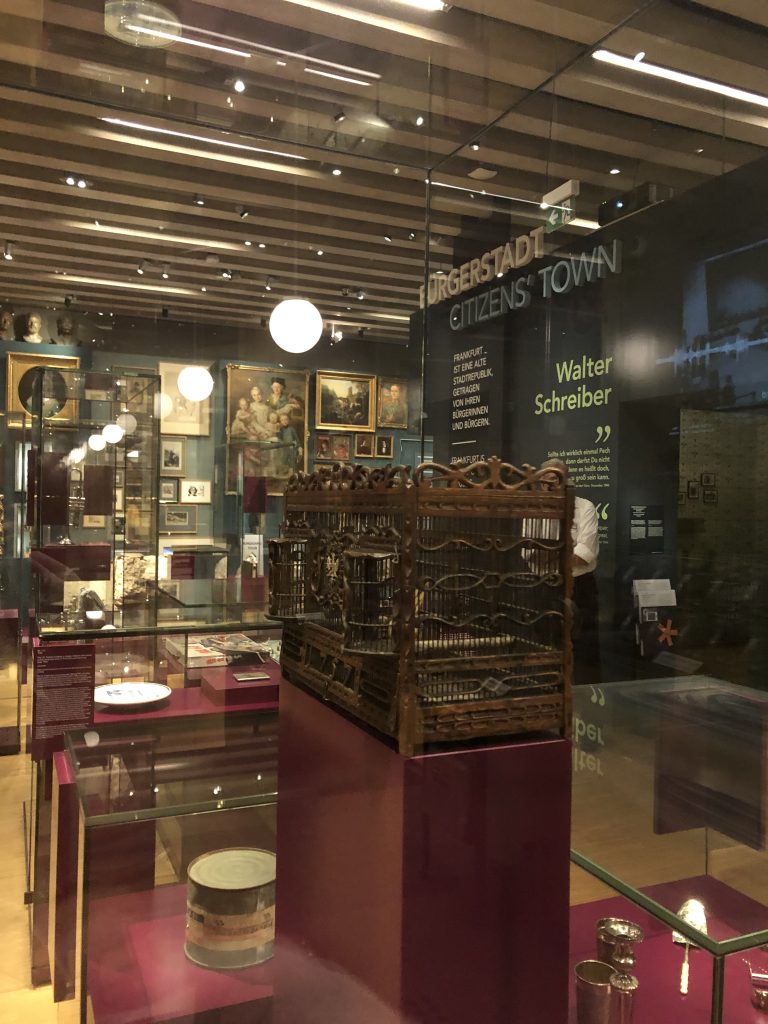The shore of humanity
jonathan jonsson
This article shows how the Mediterranean Sea became a symbol for involuntary exile and the war-time disintegration of reality in the works of the Palestinian poet Mahmoud Darwish.[1] Endlessly rolling waves express the uncertain and undulating lives of Palestinians exiled from their native soil. A horizon without land illustrates the inability of the displaced and traumatised to visualise a future. Rejecting this disintegration, Darwish used poetry to turn the sea of exile into a space of agency and re-creation.
Fig. 1: A young Mahmoud Darwish in Cairo. (Photo: Al Akbar)
And in a short while, we shall travel to it [the sea], in the modern ships of Noah, to a blueness that leads to an unending whiteness, that reveals no shore. Where to.. Where in the ocean will the ocean take us?[8]Dhākira li-l-nisyān describes one day in August during the height of the siege, when the Israeli forces unleashed all available firepower on the city in order to compel a surrender. In the fractured and fragmented book, part autobiography, part prose poem, part intertextual experiment, the reader enters Darwish’s mind as the world dissolves around him. Eventually, he accepts that despite all steadfastness and refusal, he will have to surrender to the sea. As he goes to bed at the end of the day, the final words of the book are:
The sea walks in the streets. The sea hangs from the windows and the branches of dried out trees. The sea descends from the sky and enters the room. Blue.. White.. Foam.. Waves. I do not love the sea.. I do not want the sea, because I do not see a shore, or a dove. I do not see anything in the sea except the sea. I do not see a shore. I do not see a dove.[9]In Genesis 8:11, Noah waits for a dove to return with a sign that there is once again land above the water. In referencing the biblical flood, Darwish is watching the horizon, seeing only more water. No shore. No dove. The imagery of the flood does more than describe his sense of dislocation. All the world seems turned into water, even the windows and the branches of trees. Darwish belonged to a generation raised on the ideals of Arab nationalism, which included the promise of a future in which the postcolonial Arab nation-states would come together, eventually liberating Palestine. This dream faded slowly and painfully in the latter half of the 20th century. The United Arab Republic of Syria and Egypt ended in 1961 after only three years. Israel won a major victory in 1967, shocking the Arab world and inciting the ongoing occupation of the West Bank and Gaza. In 1979, Egypt signed a peace agreement with Israel. The Lebanese Civil War was the final blow to the dream of unity, as Palestinians, Syrians and Lebanese factions fell on each other in overlapping conflicts and brutal massacres. The Israeli invasion of Lebanon during this civil war is characterised by literary scholar Stephan Guth as the ‘total collapse of all hope’[10] among Arabic intellectuals. Under this flood lay the mutilated remains of the hopes and ideals on which Darwish was raised. The truths that structured his old reality had slowly fractured over the previous two decades, cleaving his world. In 1982, he found himself in an unfamiliar world where all ideals seemed hollow, and all structure was lost. All that remained was the chaos of foaming waves, tossing him around without the promise of a shore or a dove. However, a cosmic flood is not merely an end. The waters also carry the seeds of a new world. Like the roaring primordial chaos in mythologies around the world, his sea contained the potential for creation.[11] For Darwish, this was only possible if intellectuals finished the job of dismantling the old world. Meditating on the role of writers in times of war in Dhākira li-l-nisyān, he writes:
It is fitting that we honour the awe which these hours are unfolding, the hours in which human existence is transferred from one shore to another, and from one time (ṭawr) to another. And it is fitting that old poetry knows how to be silent in humility in the presence of this newborn. And if it is necessary for intellectuals, or some of them, to turn into sharpshooters, then let them endeavour to shoot their old concepts, questions, and morals.[12]The word ṭawr can mean a time period, but also a state or phase of being. The collapse of a time and a movement from shore to shore is also a shift in the fundamental structure of lived reality. Throughout his creative dismantling of the old world, Darwish held his silence, unable to write poetry during the siege. However, he promised to one day go back to writing poetry:
When the guns quiet down a bit. When I unleash (ʾufajjir) my silence, which is full of all these voices. When I find my adequate language.[13]The word ʾufajjir also means to bombard or to explode – his silence would one day be his way to return fire. When land rose from the waves of the sea, Darwish knew that he would find a budding language in the graveyard of old poetry, concepts, questions and ethics. In a poem written shortly after his departure from Beirut in September of 1982, Hymn to the Rising Shadow (1983), the first-person character has a conversation with a voice that repeatedly asks him, ‘What are you looking for, young man, in the broken boat of the Odyssey?’[14] He answers, ‘For a wave that I lost in the sea’. The voice asks him if the migrant does indeed find a wave. The reply is:
The migrant finds a wave that has drowned and brings it with him. A sea for you to live in, or to be lost. A sea for the new September or the return of the four seasons. A sea in front of you, in you, a sea behind you.[15]Unlike Odysseus, Darwish is denied a nostos, the heroic journey home. Instead of returning to Palestine, he is plunged further into the sea, on the broken boat of the Odyssey, with nothing but sea in front of and behind him. However, by absorbing the sea into him, ‘a sea to live in’ that reaches into his being, he can seize a drowned wave and to bring it back to shore. His only weapon to do this is the Word. In Dhākira li-l-nisyān, the reader follows Darwish as he navigates the streets of Beirut in the morning, with artillery shells raining around him. He captures the moments before rebirth and re-creation, describing a disintegrating world:
The waves have married the moss of a rock on a distant shore, and I have just emerged from this marriage which has lasted for a million years. I have just emerged, but I did not know where I was. I did not know who I was. I did not know what my name was, nor the name of this place. I did not know that I had the capacity to tear out one of my ribs in order to discover a dialogue against this absolute silence. What is my name, and who named me? Who will name me: Adam![16]The power to name someone Adam is traditionally reserved for the Creator. This right passes unto man in Genesis 2:19, where Adam is tasked with naming the animals. Naming is power, and as Månsson notes, ‘[t]o narrate, write and name is to make the speaker a subject, an act that is of utmost importance to the migrant’.[17] The rib Darwish tears out of his own body could be an allusion to Eve.[18] In this paper, however, I read his rib as a form of embodied pen. His own living body becomes the source of a new dialogue, one written against the madness of war, one with the potential for creation.[19] This theme is reinforced by an excerpt that directly follows the question ‘Who is going to call me Adam?’ from the introduction to the historical work Al-kāmil fī al-tārīkh by mediaeval writer Ibn al-Athīr (1160 - 1233 CE).[20] In the excerpt, Ibn al-Athīr engages with various transmissions from the Prophet (ḥadīth) in order to establish the order in which God formed the elements of creation; the Pen (al-qalam), the Tablet (al-lawḥ), the Throne (al-ʿarsh), water (al-māʾ), etc. These elements all occur in the Quran, in verses such as 11:7, where God is:
وَهُوَ ٱلَّذِى خَلَقَ ٱلسَّمَـٰوَٰتِ وَٱلْأَرْضَ فِى سِتَّةِ أَيَّامٍۢ وَكَانَ عَرْشُهُۥ عَلَى ٱلْمَآءِ He who created the heavens and the earth in six days, and His Throne was on the water…In Dhākira li-l-nisyān, the excerpt begins in the middle of Ibn al-Athīr’s discussion about the Pen:[21] ‘Then God created, after [creating] the Pen and commanding it (ʾamarahu) so that it wrote all that exists until the Day of Resurrection, a fine mist…’[22] This is followed by alternative theories on the order of creation. The intertext is never explained in the work. It could simply be one example of collapsing time. Al-kāmil fī al-tārīkh contains lengthy description of the crusades, told by the contemporary Ibn al-Athīr. By weaving this into a narrative on modern Beirut, Darwish creates a polyphonic history where the crusades appear to be ongoing in the streets of Beirut in 1982, fusing the madness and violence of past and present. However, this passage does something more. Discussing the order in which God formed the elements of creation through his verbal command is also a discussion on narration and emplotment of the world. I follow the theologians and philosophers Imām al-Ghazālī (d. 1111) and al-ʿĀmirī (d. 992) who read Quranic elements such as the Pen and Tablet as symbolising metaphysical moments of creation. The Pen, corresponding to Intellect (νοῦς) in Neoplatonic philosophy, writes the cosmos into being following the command (ʾamr) of God, the Aristotelian first cause.[23] This λόγος, the Word of God, issued from His Throne (al-ʿarsh), is inscribed upon the Table (al-lawḥ). According to al-Ghazālī, this Preserved Table, on which all of Being is inscribed, analogous to the Neoplatonic World Soul, is what prophets access directly in moments of inspiration (ilhām).[24] Seeing the Table means witnessing the truth that ontologically precedes our lower plane of existence. Being follows divine writing-into-being onto this Table – creation is this Word incarnate. This is the power metaphorically seized by Darwish. He goes beyond the divine gift of naming objects. Instead, he demands the right to name himself, turning himself into a creator. His torn-out rib becomes a pen with which he can inscribe a new cosmic order upon his own table, reforming the world through discourse.[25] If the shattered world of Beirut lied formless and empty,[26] then the poetry of Darwish was the spirit hovering over the surface of the sea, ready also to grant the power of naming to whoever would hear and follow him. In his Hymn to the Rising Shadow, he tells the listener:
Take what remains of you, take me on as a helper in the presence of the ruins. Take A flaming Dictionary And triumph! … And triumph at the end of history![27]Even if history met an end in Beirut, the fragmented words remaining under the flood, the drowned waves ready to be brought to shore, offers not only rebirth, but even triumph.

Fig. 2: Waves breaking on the Raouché rocks on the Lebanese shore. (Photo: Zheka Boychenko)
What I mean is that the language of despair is poetically stronger than the language of hope, because there is space in despair to contemplate destiny (al-maṣīr), and to survey the shore of humanity, in a way that is not granted the victor. This is because despair is the poetic, psychological, and linguistic ground which brings the poet closer to God, to the essence of things, to the first poetic speech.[29]In his poetry, Darwish keeps the hope of recovery after loss alive. To return to the first speech means speaking a new world into existence, transforming the remnants from a life of defeat into triumph with the help of a burning dictionary. He was able to view the shore of humanity from the sea of absolute fragmentation, reclaiming his own threatened existence in the void of exile. With nothing but the sea surrounding him, he was able to build a new world from waves that had drowned. In the current madness of the world, as the burned bodies of children in Gaza make us question humanity, threatening us with a new Flood drowning all meaning and hope, the poetry of Darwish reminds us that while there is any life left, there is reason to hold onto hope. [1] Maḥmūd Darwīš (1941 – 2008). I use the standard transliteration ‘Mahmoud Darwish’ throughout this article. [2] I have previously explored the experience of time and the body in the work Dhākira li-l-nisyān by Darwish, which informs this article. See Jonathan Jonsson, 'The Music of Human Flesh: The Lived Time and Body of Exile in Ḏākira li-l-nisyān by Maḥmūd Darwīš' (MA University of Oslo, 2022), https://www.duo.uio.no/handle/10852/101155; Jonathan Jonsson, 'Ord är ett hemland!', Babylon 23, no. 2 (2023), https://doi.org/10.5617/ba.11498; Jonathan Jonsson, 'Nakbans epistemologi', Kamilla Østerberg and Henrik Wathne eds. Salongen, Norsk Tidsskriftforening, 27 May 2024, https://www.salongen.no/artikkel/israel-palestina-konflikten/krig/204866. [3] This essay would not have been possible without Anette Månsson, 'Passage to a new wor(l)d: Exile and restoration in Mahmoud Darwish's writings 1960-1995' (PhD Uppsala University, 2003), 161-84, 217-32. [4] Peter Burke, 'The historian's dilemma: Domestication or foreignizing?', in History as a Translation of the Past: Case Studies from the West, ed. Luigi Alonzi (London: Bloomsbury Academic, 2023), 102. [5] Darwish considered it his right as a Palestinian to live in all these cultures, to let all these voices from his homeland speak to him. In opposition to Zionist discourse, he maintained that he had this right since he was not a stranger to the land. See Mahmoud Darwish, 'Maḥmūd Darwīš li-l-Wasaṭ: Min ḥaqq al-shiʿr iʿlān al-hazīma', Al-Wasaṭ 1995, 54. [6] Fawwaz Traboulsi, A History of Modern Lebanon, 2nd ed. (London: Pluto Press, 2012), 189. [7] Mahmoud Darwish, 'Al-zamān: Bayrūt / Al-makān: Āb', Al-Karmel, no. 21-22 (1986). Unless otherwise indicated, all translations are by the author with assistance from Raghad Abu Shaker. [8] Darwish, 'Al-zamān', 95. The double periods are from the original Arabic text. Darwish uses them when he wants the reader to take a slight pause, or when he wants to emphasise a point, as if he were reading a poem and pausing slightly. This is opposed to single periods and ellipses (...), which are more used for thoughts trailing off. Darwish is first and foremost a poet, and he also brings creative use of puntuation to his prose. [9] Darwish, 'Al-zamān', 96. [10] Stephan Guth, 'Novel, Arabic', in Encyclopaedia of Islam Three Online, ed. Kate Fleet et al. (Leiden: Brill, 2014).https://doi.org/10.1163/1573-3912_ei3_COM_27115. [11] See Månsson, 'Passage to a new wor(l)d', 220-21. [12] Darwish, 'Al-zamān', 35. [13] Darwish, 'Al-zamān', 34. [14] Mahmoud Darwish, Madīḥ aẓ-ẓill al-ʿālī (Beirut: Dār al-ʿawda, 1983), 108. [15] Darwish, Madīḥ aẓ-ẓill al-ʿālī, 108-09. [16] Darwish, 'Al-zamān', 22. [17] Månsson, 'Passage to a new wor(l)d', 211. [18] Thank you to Ben Kamis for this observation. Reading the rib as Eve works well with an analysis by Stephan Milich, in which a concern of Darwish’s poetry is to encounter the fe/male Other in the mirror, often in the form of the recurring Jewish lover. See Stephan Milich, 'Maḥmūd Darwīsh; A Plurality of Voices for Invoking the Other', in A Companion to World Literature, ed. Ken Seigneurie (Toronto: J. Wiley & Sons, 2019). [19] For a deeper analysis of the interface between the living body, text and the world, see Jonsson, 'The Music of Human Flesh', 47-54. [20] Darwish, 'Al-zamān', 22-23. [21] See e.g. Quran 96:4-5 for an example of the Quranic Pen. [22] ʿIzz al-Dīn Abu-l-Ḥasan, ʿAlī Ibn al-Aṯīr, Al-kāmil fī al-tārīḫ, al-muǧallad al-ʾūla (Beirut: Dār Bayrūt li-l-ṭibāʿa wa-l-našr, 1960), 16. [23] Elvira Wakelnig, Feder, Tafel, Mensch: Al-ʿĀmirīs Kitāb al-fuṣūl fī l-maʿālim al-ilāhīya und die arabische Proklos-Rezeption im 10. Jh. Islamic Philosophy (Leiden: Brill, 2006), 160-61. [24] Abū Ḥāmid Muḥammad Ibn Muḥammad al-Ghazzālī, Die Wunder des Herzens, trans. Adel El Domiaty (Braunschweig: Adel El Domiaty, 2022), 74. [25] On the porous borders between the lived body, language, and reality in the poetry of Darwish, see Jonsson, 'The Music of Human Flesh', 47-54. [26] ṯōhū wā-ḇōhū, see Genesis 1:2. [27] Darwish, Madīḥ aẓ-ẓill al-ʿālī, 7-8. [28] For a video of the performance, see Amor Ben Rhoma, Mahmūd Darwīsh fī qaṣīdatihi al-malḥamiyya «Madiḥ al-ẓill al-ʿālī» (kāmila), 1983 (YouTube, 2020).https://www.youtube.com/watch?v=R1HeUma-EkU . [29] Darwish, 'Maḥmūd Darwīš', 57. For a full analysis of this quote, see Jonsson, 'Ord är ett hemland!', 39.






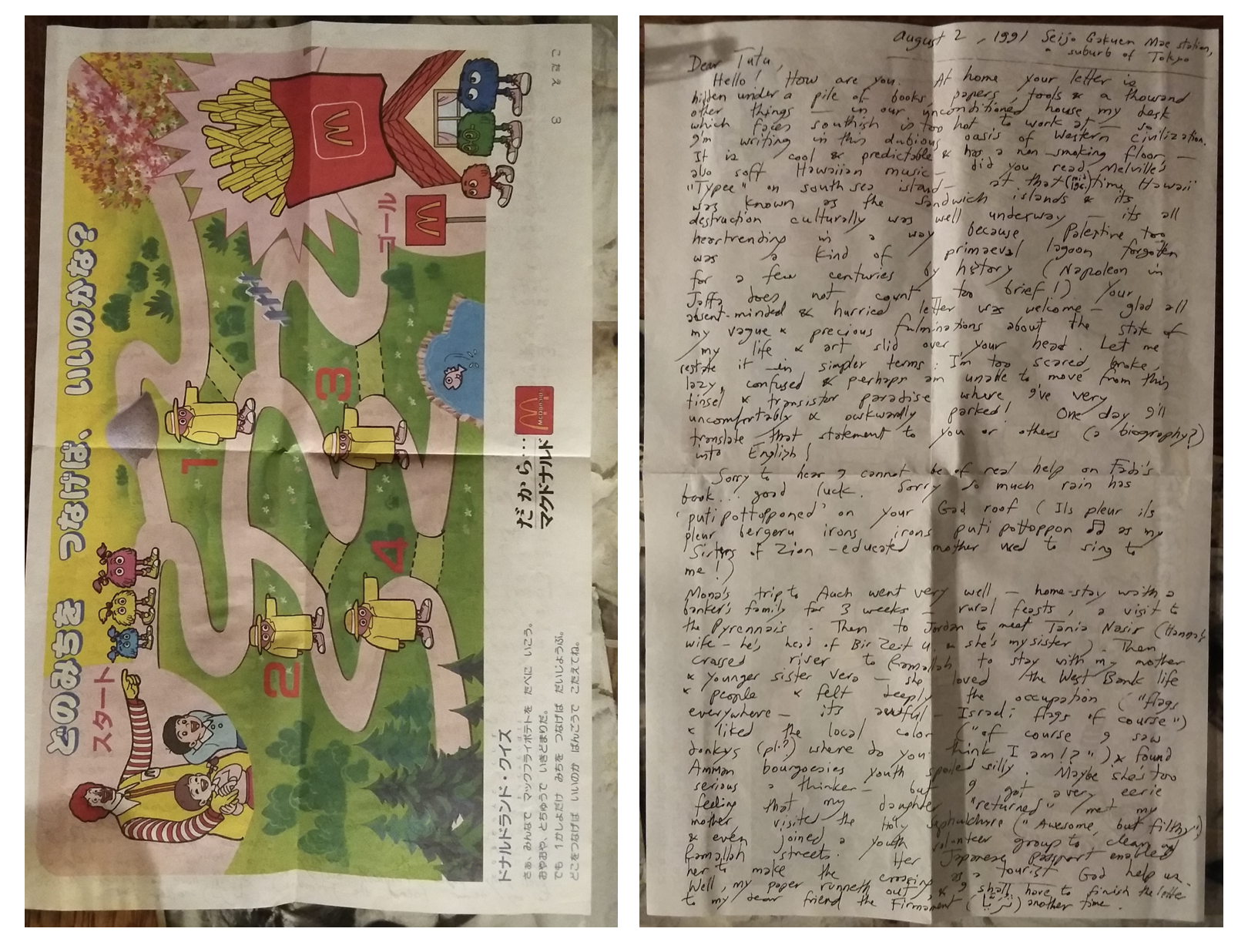



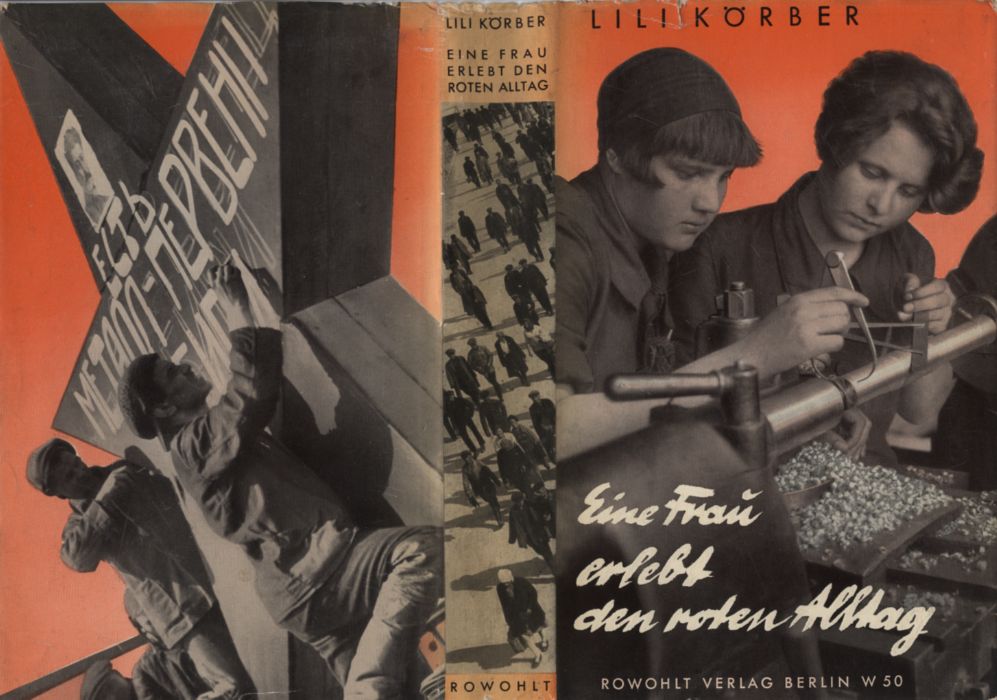

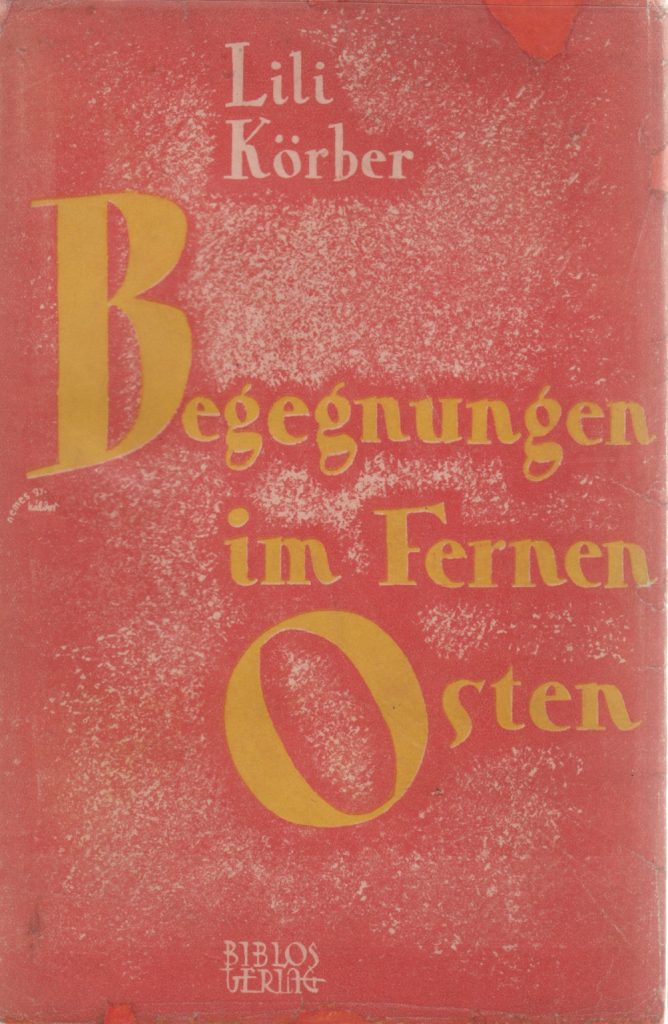
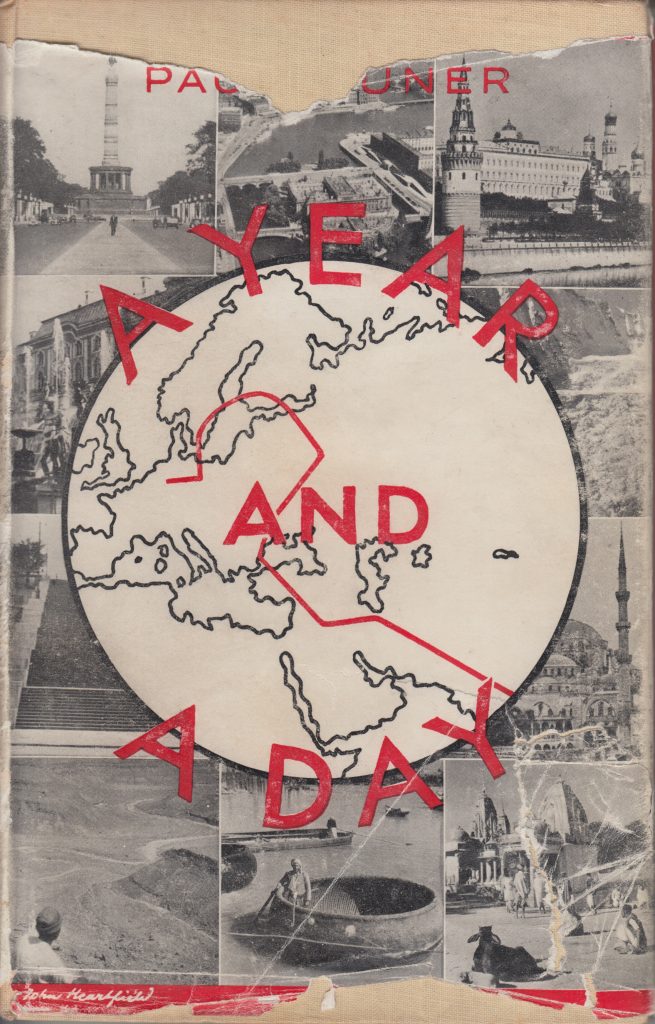
 Processes of migration and flight after 2015 and their depiction, perception and distribution through photography are the starting point of ‘Nomadic Camera’. We seek to investigate the relationship of photography and contemporary migration in technology, the media and aesthetics in addition to historical exile and flight as the pivotal discursive setting in which specific forms of mobility extending from the mid-19th century to today have been negotiated. The concept adapts the term ‘nomadic’ — a transitory form of existence — beyond static concepts of being and national boundaries (Demos 2017). ‘Nomadism’ refers to a form of mobility that converges with and diverges from other terms, such as ‘travel’, ‘displacement’ and ‘exile’ (Kaplan 1996). At the same time, displacements are intrinsically related to connective and disconnective experiences, including place-making and belonging, ruptures between life and work in the past and present, experiences of loss and challenges of beginnings. ‘Nomadic Camera’ will centre around the following questions: how do dislocations interconnect with the technical evolution of photography as a mobile medium? How do camera technologies presuppose and affect the visual formulation of exile, migration and flight experiences? What modifications in aesthetics and style, methods and practices of photography do temporary mobility, geographical relocation and resettlement imply?
Processes of migration and flight after 2015 and their depiction, perception and distribution through photography are the starting point of ‘Nomadic Camera’. We seek to investigate the relationship of photography and contemporary migration in technology, the media and aesthetics in addition to historical exile and flight as the pivotal discursive setting in which specific forms of mobility extending from the mid-19th century to today have been negotiated. The concept adapts the term ‘nomadic’ — a transitory form of existence — beyond static concepts of being and national boundaries (Demos 2017). ‘Nomadism’ refers to a form of mobility that converges with and diverges from other terms, such as ‘travel’, ‘displacement’ and ‘exile’ (Kaplan 1996). At the same time, displacements are intrinsically related to connective and disconnective experiences, including place-making and belonging, ruptures between life and work in the past and present, experiences of loss and challenges of beginnings. ‘Nomadic Camera’ will centre around the following questions: how do dislocations interconnect with the technical evolution of photography as a mobile medium? How do camera technologies presuppose and affect the visual formulation of exile, migration and flight experiences? What modifications in aesthetics and style, methods and practices of photography do temporary mobility, geographical relocation and resettlement imply?